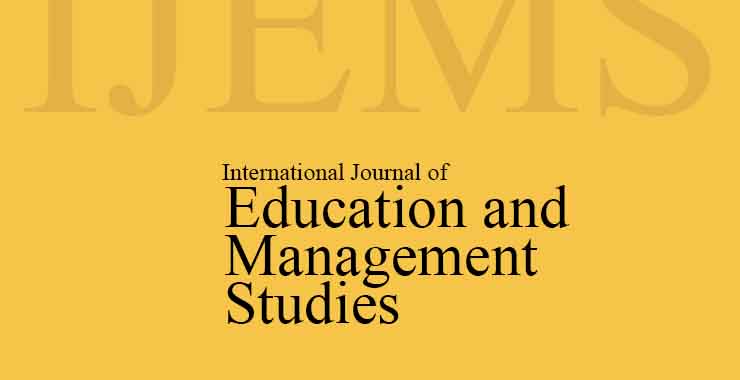Construction of Cognitive Ability Test for School Children
Original price was: ₹ 201.00.₹ 200.00Current price is: ₹ 200.00.
Page: 421-425
Bidisha Saha and Atanu Kumar Dogra (Department of Psychology, University of Calcutta, Kolkata, West Bengal)
Description
Page: 421-425
Bidisha Saha and Atanu Kumar Dogra (Department of Psychology, University of Calcutta, Kolkata, West Bengal)
People have a unique ability to learn all kinds of skills-from understanding ideas and adjusting to new situations to thinking more clearly and communicating well, where as individual differences emerging from a combination of inherited traits and dynamic environmental interactions, which manifest across biological, psychological and social domains and intelligence that serves as the capacity to enable individuals to thrive and adapt within society, distinguishing them through various cognitive functions (Özgüven, 2007). According to the criteria of Diagnostic and Statistical Manual of Mental Disorders (DSM-5) for intellectual disability (ID), aptly points a lack of cognitive ability tests specifically designed for the cultural context of India. Therefore, this research aims to develop a new tool to measure multiple domains of cognitive abilities in individuals aged 3 to 14 years based on the DSM-5 framework and Cattell-Horn-Carroll (CHC) theory in the Bengali language. A total of 385 neurotypically developing school children (188 boys & 197 girls) were taken from 8 zones of West Bengal. Consent forms were administered to the respondents’ parents for each child and those who provided consent and met the predefined criteria were included as potential participants in the study. The result denotes that the CVI score exceeds 0.83 with input from at least six experts (Polit & Beck, 2006; Polit et al., 2007) indicating that the items are deemed relevant and effective in measuring various domains of cognitive ability according to expert judgment. Since the internal consistency reliability (split-half method) is more than .80 in all domains separately, indicates that both halves of the proposed test (odd & even items) measure the same construct reliably. Furthermore, when cognitive ability was assessed using the proposed test and the Malin’s Intelligence scale for Indian children (MISIC) (Malin, 1969) high correlations were observed between the two measures, indicating adequate convergent validity of the proposed test. The results also indicate that there were significant associations between different cognitive abilities and with age of neurotypically developing school children. The findings also highlight the importance of culture-specific items in assessing cognitive abilities in Bengali-speaking students.

